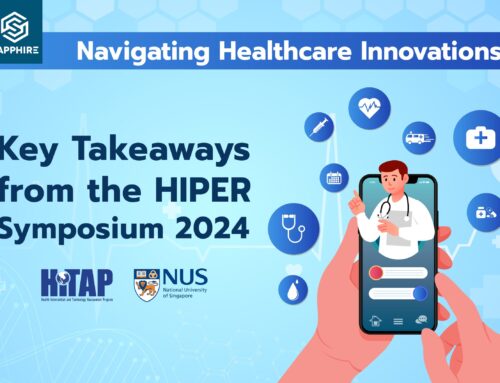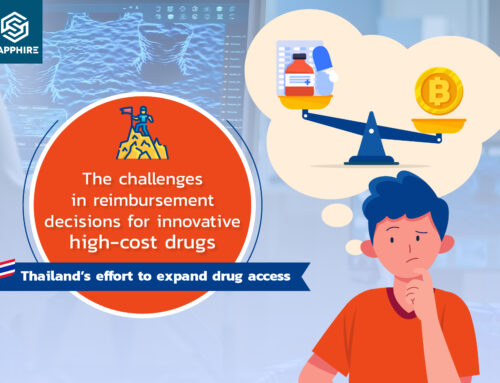This is the 8th time HTA agencies/institutions in Asia come together and discuss on the matters related to HTA. The annual HTAsiaLink conference is a platform for countries in and around Asia to engage in mutual learning and sharing of solutions for HTA institutionalization. The 8th HTAsiaLink, which was held in Seoul, South Korea from 24th-27th April, 2019 had everything for the development of HTA in the countries around the region. Essential Medicines and Technology Division of Ministry of Health (MoH), Bhutan has been a member of the HTAsiaLink network since 2013. And it was my second time attending the conference. My maiden HTAsiaLink experience was in Chiang Mai, Thailand last year, where our team presented the HTA work on pneumococcal conjugate vaccine (PCV) economic evaluation in Bhutan.
Thanks to HITAP for inviting Bhutan, this time I was able to attend a HITAP-organized pre-conference titled “Solving the Unsolvable HTA Challenges through South-South Knowledge Exchange” to address common challenges in institutionalization of HTA through south–south knowledge exchange. The session included colleagues from Kenya, Thailand, and Zambia. Through this pre-conference several major challenges confronting HTA development in these countries were identified and offered ways to overcome those challenges. The key challenges were: 1) Building and retaining technical capacity; 2) Financing HTA works; 3) Linking research to policy and stakeholder buy-in. We gained by sharing experiences and working together to find solutions which otherwise, if alone, can appear unsolvable challenges in HTA.
The main conference had some interesting plenary sessions with global HTA champions coming in, such as: HTA in world; How to make a good decision in healthcare?; and, how to collaborate better within HTAsiaLink? All those sessions were very useful in terms of idea and information for the growth and initialization of HTA in Bhutan. Apart from those ideas from the plenary sessions, there were numerous oral presentations and poster presentations by different levels of HTA researchers from Asia and around the world. A majority of the presentations were economic evaluations and health system researches. I understood that HTAsiaLink is a good platform for the young and junior researchers to develop knowledge and skills by showcasing their HTA work to global HTA champions and senior researchers. Therefore, such kind of conference can definitely be instrumental in development of knowledge and HTA capacity in Bhutanese researchers, and ultimate institutionalization of HTA in Bhutan.
The Essential Medicines and Technology Division (EMTD) under MoH was established in 2008 and it is the only HTA agency in Bhutan. Ever since its establishment the division has been doing a lot of HTA works through collaboration with international HTA agencies like Health Intervention and Technology Assessment Program (HITAP) of Thailand, Mahidol-Oxford Tropical Medicine Research Unit (MORU) of Thailand and PATH. Bhutan by virtue of being the member of HTAsiaLink network gets an ample opportunity to expand the collaboration with other international HTA agencies and engage in mutual learning and sharing of solutions for the growth of HTA institute in Bhutan. Moreover, this HTAsiaLink network opens the eye and possibility to connect to other global HTA networks like INAHTA, HTAi, WHO PAHO, etc. It was wonderful experience attending HTAsiaLink and I wish to participate in the future events and also encourage other colleagues in my network to attend this wonderful event.
About the author
Pempa, Health Technology Assessment Program, Essential Medicine and Technology Division, Department of Medical Services, Ministry of Health, Bhutans




